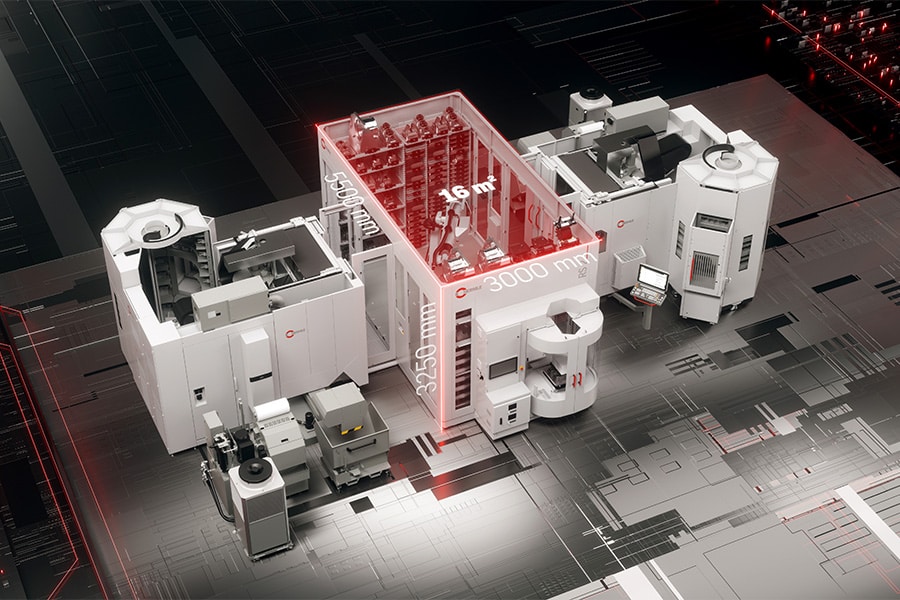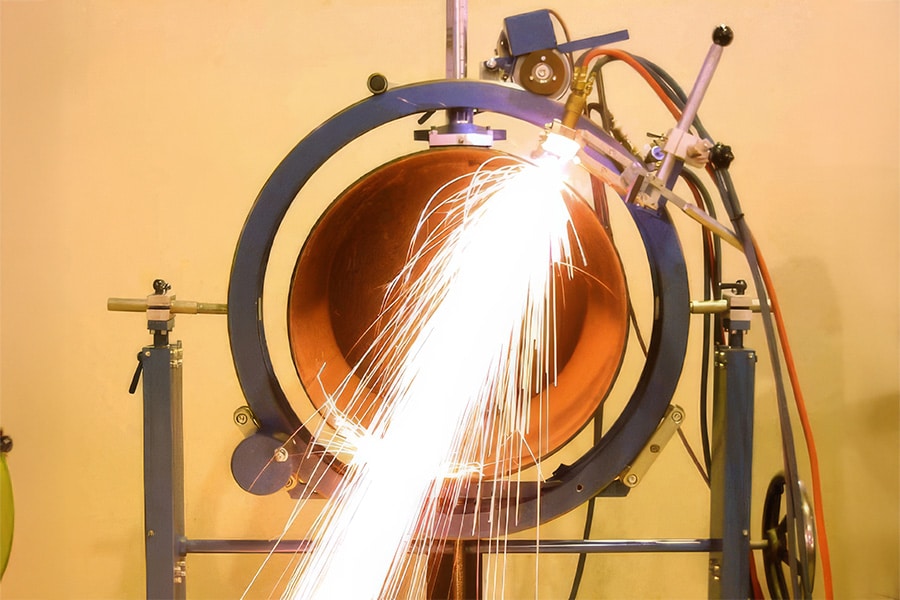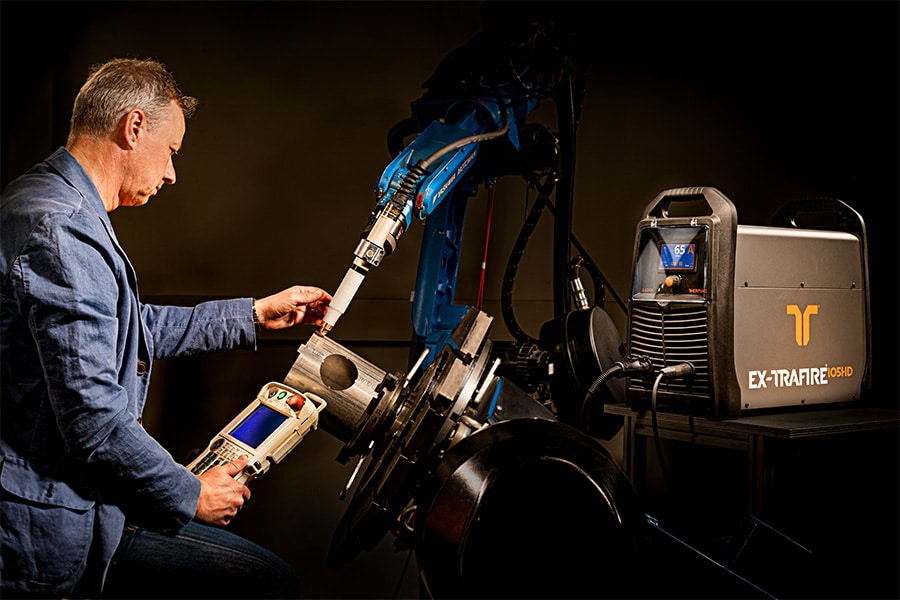
The Pen | This is how modern material handling works
They are using artificial intelligence and machine learning to do so. It is the future, yet companies should dare to ask themselves if AI is the way forward.
Indeed, companies can invest a lot of time in implementing and learning a tool based on artificial intelligence or machine learning, while the decisions made by such a system are sometimes difficult to understand. The added value can vary from application to application, which is why we weigh and assess what the added value is or can become on a case-by-case basis.
A company's level of automation defines tomorrow's smart factory. As a result, many operations can be performed without human intervention. But make no mistake: workers are not superfluous; on the contrary, they take on new tasks, such as supervisory activities and intervention. Such functions just require a different degree of qualification. An intuitive software, for example, can be learned by staff, making it possible to intelligently control and operate certain tools.
In a connected intralogistics system, the rule of thumb is: the bigger, the more complex. The software's user interface should therefore have an understandable, modular and transparent design. Programmers and developers would do well to opt for a clear and straightforward user interface, for example, in the form of icons. These efficient interfaces are going to play an important role in Industry 4.0.
To make a smart factory a success, the evolution of systems is an important factor. In particular, the parallel use of existing and new plants. Machines that can be expanded and combined in a modular way take companies to the next level. The use of modular automation solutions provides enormous flexibility and guarantees for the future for users to respond to rather fluctuating demands.
Where otherwise a lot of time goes into communication and delivery processes between machine, manufacturer and customer, a collaboration between Remmert and the University of Hamburg enables machines to recognize meaningful changes and autonomously prepare for necessary configuration changes. Such changes include, for example, adjusting the configuration of a machine or replacing machine parts. Through this project, called Adam (Autonomously Adapting Machines), machines can autonomously adapt to unknown environmental factors."



